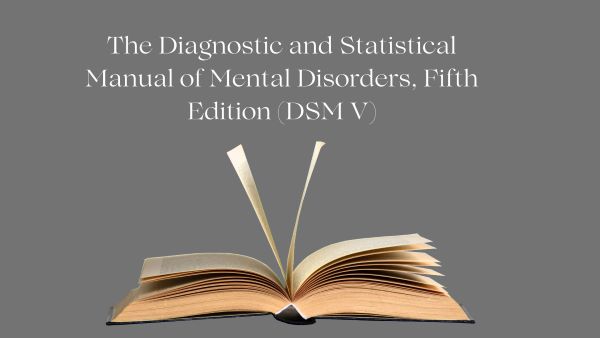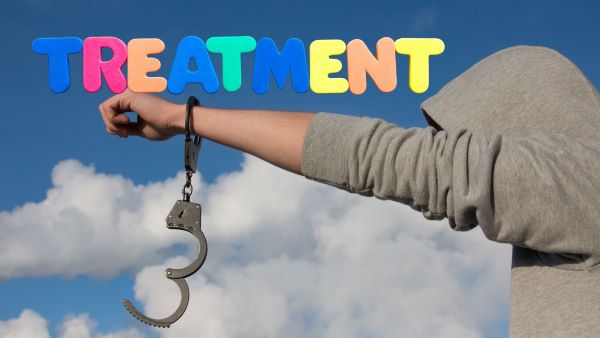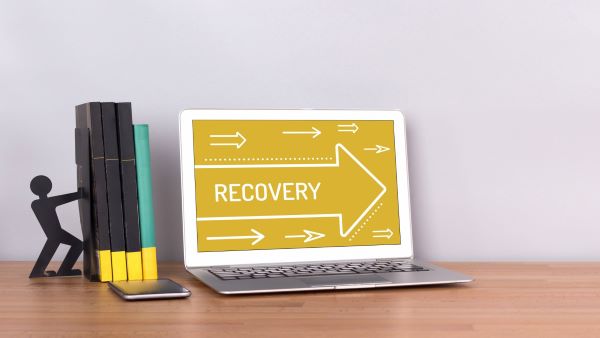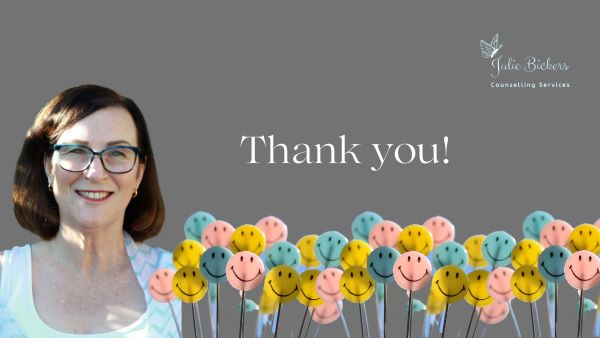
We are here for you.
These are some of the common questions I get asked by clients seeking help with substance abuse. Perhaps you've asked yourself one or more of these same questions.
.jpg)
Okay, so that's what addiction IS, but what CAUSES it? The answer to this question isn't so straightforward. There are many theories, models and perspectives, some have lost popularity over the years, while others remain steadfast. Most theorists look to the following two models in the first instance:
THE BIOLOGICAL (or disease model) suggests addiction is caused by certain irregularities in the brain and nervous system, and this is what gives it the disease label. It is widely accepted that genetics play a part in addiction. Although addiction is not thought to be hereditary, there are trends in families, showing a genetic disposition towards addiction. An individual's genes are thought to influence:
THE COGNITIVE (or behavioural model) suggests addiction is a learned maladaptive (meaning harmful) behaviour pattern caused by the individual’s interaction with their environment (people, places, and things).
In addition to these models, we believe a range of additional factors impact an individual's propensity to addiction. Factors such as:
In 1981 the World Health Organisation (WHO) published the Public Health Model of addiction. This model references the HOST, the AGENT, and the ENVIRONMENT as all playing integral roles in the development and maintenance of an addiction. In this model the host represents the individual, the agent; the drug (or drugs) of choice and the environment is representative of society, culture, the media and so on. The Public Health Model recognises that substance abuse may develop in anyone, at any time, but the consequences will differ from individual to individual.
 1.jpg)
In 1984 Norman Zingberg published his adaptation of the Public Health Model. It has become known as the Interaction Model and recognises that no person’s drug use is totally ‘good’ or ‘bad’. His model suggests that drug use in one setting may be relatively problem free, while in another setting it may be problematic. Here is an example to explain what I mean: having a few drinks with friends at a barbecue at home may be low risk and create few problems, but if someone in the group decided to drive home under the influence, the level of risk and potential harm to themselves and others would increase significantly.
 1.jpg)
Who can diagnose addiction? Certainly not me. What I can do as a counsellor is complete an informal assessment, which involves looking at certain things (which are commonly described in the field as the 4Ls):
LIVER (health)
LOVER (relationships)
LIVELIHOOD (job/career)
LEGAL (offending)
Looking at these aspects of an individual's life gives the counsellor a sense of whether or not there is a likelihood that addiction is present.
Common signs of addiction include:
At the end of the day, a formal diagnosis can only be made by a registered medical practitioner. This could be a general practitioner (GP), a psychologist or a psychiatrist.

These days, addiction is called a 'substance use disorder', and a diagnosis is made based on the criteria set out in the Diagnostic and Statistical Manual of Mental Disorders (DSM). It's published by the American Psychiatric Association and is the diagnostic manual we use in New Zealand for all mental health and addiction disorders. The latest version of the DSM, known as DSM-5 (published in 2013), has some significant changes to the list of substance use disorders and the criteria that must be met in order to diagnose them. In the previous edition of the DSM - DSM-IV (published in 1994), there were two categories: substance abuse and substance dependence. The DSM-5 combines these two categories into one called substance use disorder. Substance use disorders are classified as mild, moderate, or severe, depending on how many of the diagnostic criteria the individual meets.
The 11 DSM-5 criteria for a substance use disorder are:
In order to be diagnosed with a substance use disorder, the individual must meet two or more of these criteria within a 12-month period.
Each substance use disorder is classified as its own disorder. Some common substance use disorders are:
 a.jpg)
The principles of Alcoholics Anonymous (AA) and Narcotics Anonymous (NA) are ingrained in how NZ society as a whole views addiction. Followers of AA and NA believe addiction is something an individual is born with and is powerless over. They view addiction as a treatable disease, and their popular 12-Step Programme is still widely (and successfully) used and accepted in clinical settings across the country.
But why NOW a client might ask me. I've been drinking (or drugging) for the last 10 years, why have I developed an addiction now? The answer is TOLERANCE
 q.jpg)
Drug tolerance refers to the body getting used to a substance over time. When an individual develops a tolerance, they need to take a higher dose to experience the same effects.
The main cause of drug tolerance is abusing an addictive substance for a long time. Usually, tolerance occurs because the body starts to metabolise the drug faster, causing it to have less effect than it did before. When the body gets used to consuming a substance, the number of cell receptors the drug attaches to the brain will decrease, causing the user to feel like they have to take a higher dose to experience the same 'high' they used to get.
Common side effects and signs of drug tolerance are:

Thankfully, there are many treatment options available in NZ.

Cognitive Behavioural Therapy (CBT) for Addiction:
CBT tackles negative thought and behaviour patterns. Individuals struggling with addiction often have negative behaviours and co-existing mental health disorders that feed into their addictions. CBT teaches the individual how to identify connections between how they feel, think, and act. The goal is to positively impact an individual's recovery by increasing awareness of these factors.
Dialectical Behaviour Therapy (DBT)
DBT is known to be useful in the treatment of addiction. DBT teaches four critically important skills that can both reduce the size of emotional waves and keep balance when emotions overwhelm:
It focusses less on diagnostic labels and more on problem-solving.
The Relapse Prevention Plan
Relapse prevention planning needs to be part of any treatment plan. It can be used for moderation goals as well as abstinence goals. It will contain:
In the context of the Relapse Prevention Plan, a lapse or slip refers to a one-off, relatively isolated return to the problematic behaviour. The term relapse is used for a constant return to the behaviour.
Thank you for stopping by to read my article. Has it raised any questions for you? Leave a comment with your thoughts.
Till next time!
Julie


We are here for you.